
![]()
The automatic irrigation system is comprised of several different components that are all dependent on the others in the system running properly. This means that each spring, maintenance must be performed on this type of system. On this page you will find a brief description of each of the components of the system to help you get more acquainted with what it takes to construct this system.
![]()
Irrigation Controllers
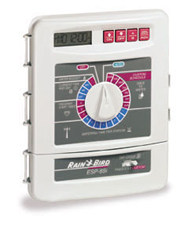
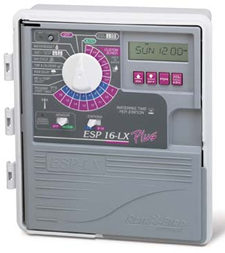
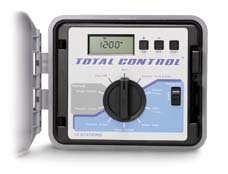
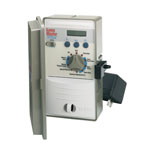
Irrigation controllers are the brains of the operation. This is where you take control of what the system will be doing and then it sends the signal for when to turn on, when to turn off, and how long to wait between those two. These mini computers can be programmed in to run different watering programs and can have a rain sensor hooked up to them to prevent them from turning on if there has been significant rainfall within a certain time period. Options, programs, and other features depend on the brand and model of the controller, there are many different options from many different companies.
![]()
Heads





Sprinkler heads come in many different styles depending on the application and the company. Generally speaking this is the pop up sprinkler head that would be placed in the lawn area to cover a large circular area. These can be manually adjusted to throw the water different distances and cover different degrees in a circle. There are many uses for these such as lawns, shrubs, beds, and any other type of area that requires irrigation. This is how water is delivered to your landscape.
![]()
Valves
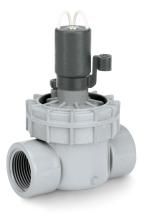
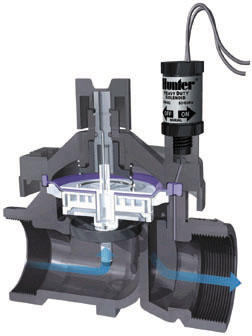
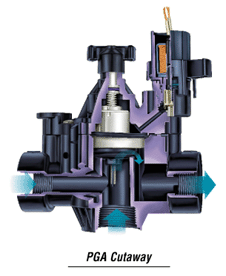
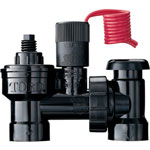
Valves are the on and off switches of the system. There is a set of wires attached to them that travel back to the irrigation controller. Through these wires the controller can tell the valve to open or close which is how the system is turned on and off. From the valve the pipe leads straight to the head where the water is dispersed in a pattern according to the particular head pattern. Another type of valve (like the one pictured on the far right) is designed to prevent the water in the systems pipes from flowing back into the supply line. This is a safety check to prevent any contaminated water in the irrigation system from getting into the house line where it could be ingested by humans. These are strictly regulated by local building codes and is something you need to look into with you local government before installing or not installing this type of valve.
![]()
Pipe
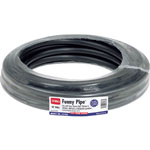
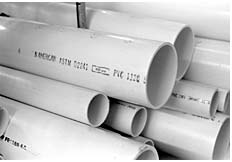

There are only two main types of pipe that you will use in your system. Copper pipe will be used to hook the main system up, but after that in your supply lines you will use plain white PVC pipe. This is the most cost effective and practical choice. When properly maintained, PVC pipe will last the lifetime of the system fine. The other is a black pipe that is new and called "Funny Pipe." This type of pipe is used from the valve to the head to provide highly increased flexibility in the installation process. This allows you to use flexible pipe to make this sometime awkward connection instead of having to make the PVC pipe fit perfectly. Funny Pipe has made it drastically easier for the homeowner to install an irrigation system.
![]()
Flow and Pressure Gage
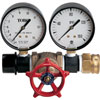
A flow and pressure gage is the easiest way for you to measure the static pressure of your system while at the same time getting an accurate reading of the rate of flow of water. These are important measurements to have because too much or too little pressure will not only damage the system but also cause the spray patterns of the heads to be incorrect. This may cause irregular coverage of the landscape and leave some areas uncovered and dry.
![]()
Drip Irrigation
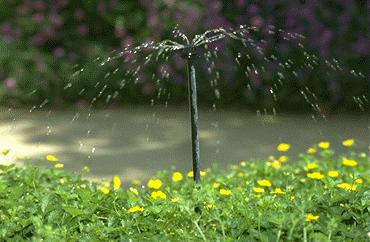

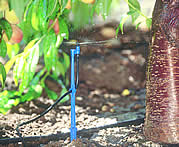
Drip irrigation is using zones of the system for a different method of irrigation. Here the system is almost always on but the water application rate is very low. So low that the water is only coming out in a drip. Drip irrigation is very good for watering small beds all the way to large trees. This method allows slow but even soil saturation. Drip irrigation also allows for less water loss because the water is directed exactly to the area desired. Many landscape nurseries use this method of watering to get water exactly where they want and have less runoff to conserve their watering costs. Drip irrigation can be used in combination with different types of heads so that the different zones of the landscape can be watered optimally.






